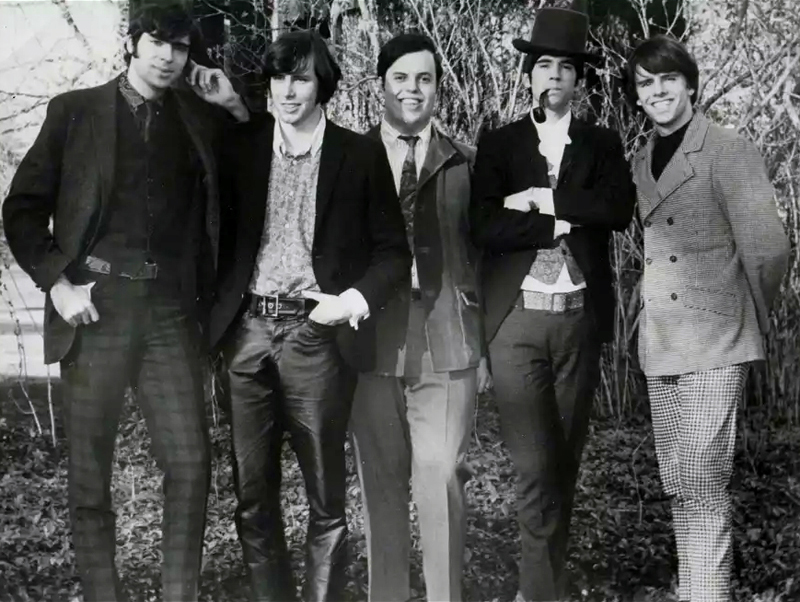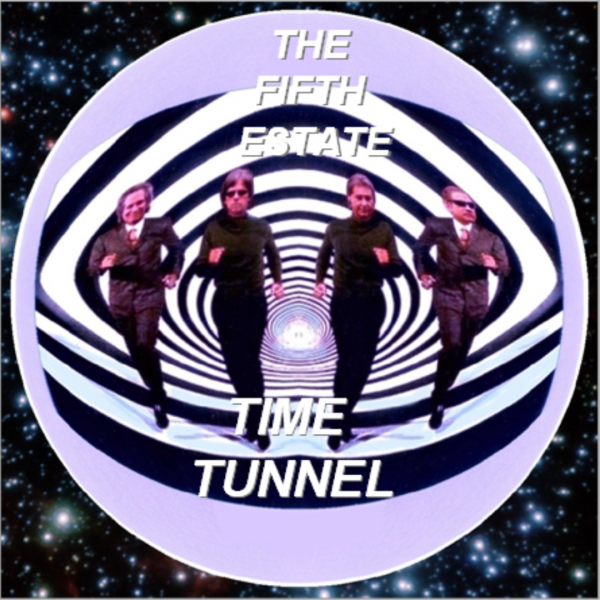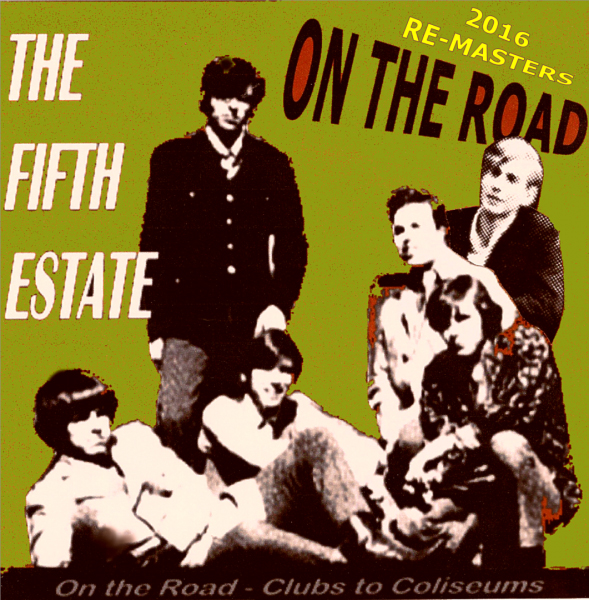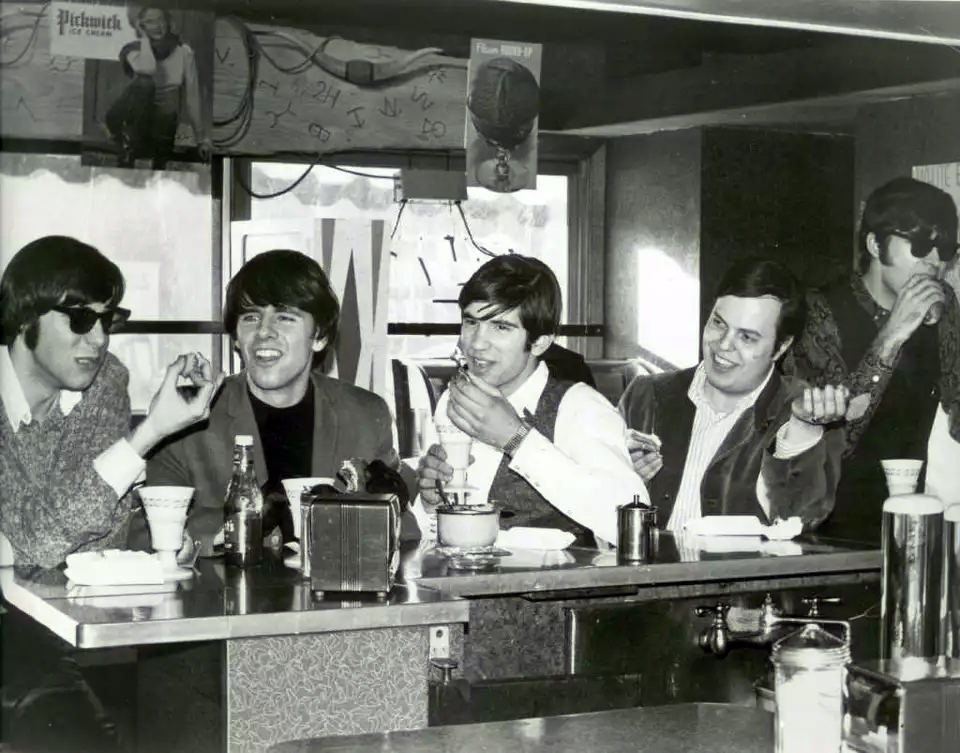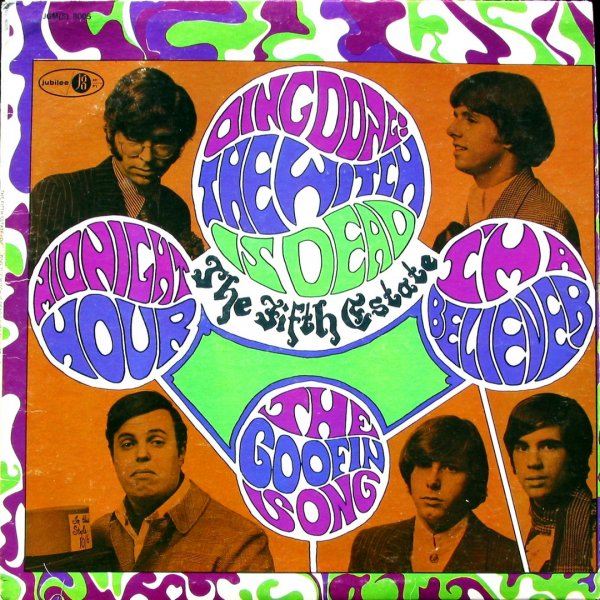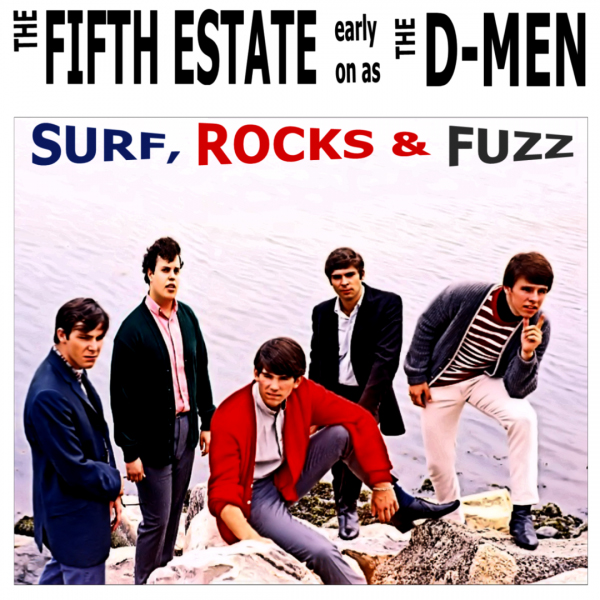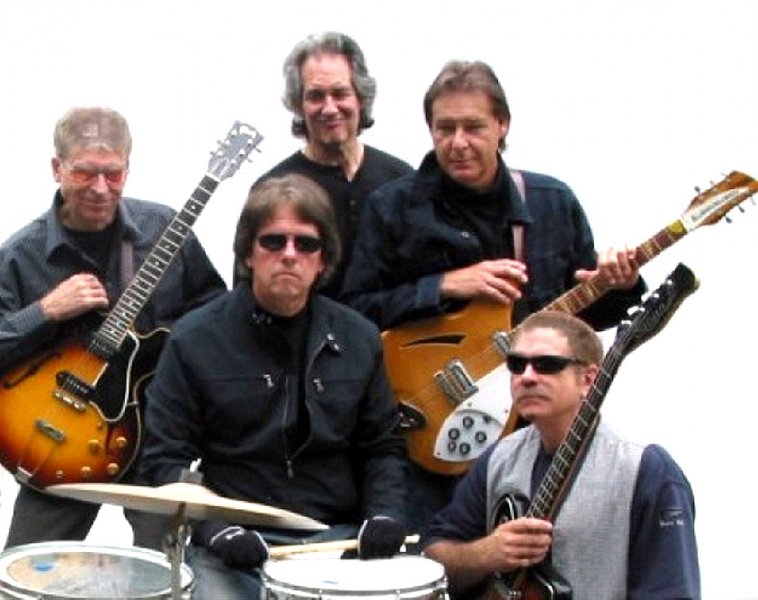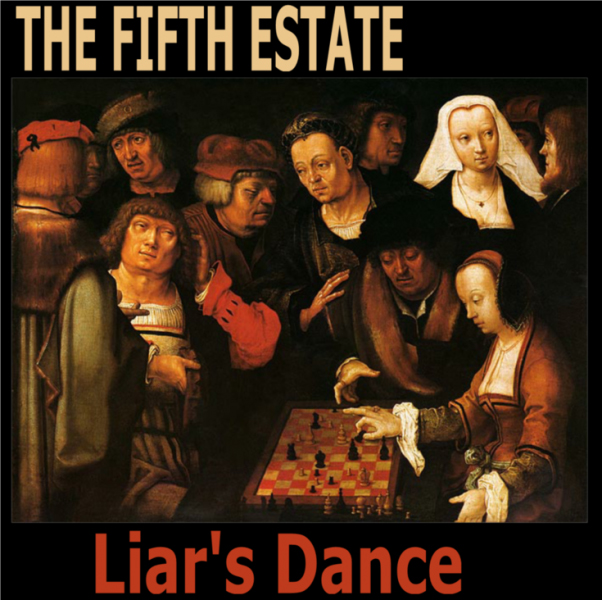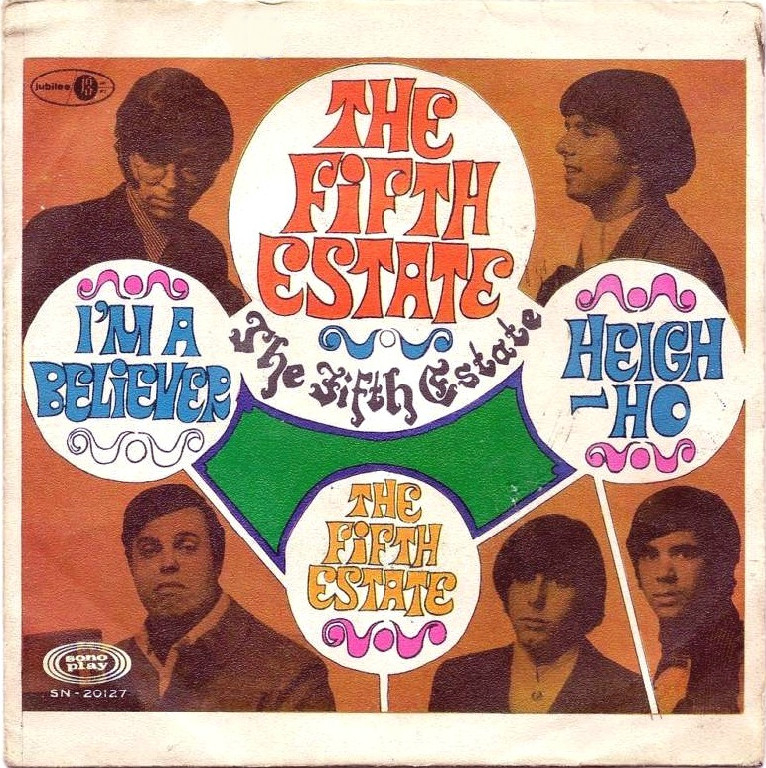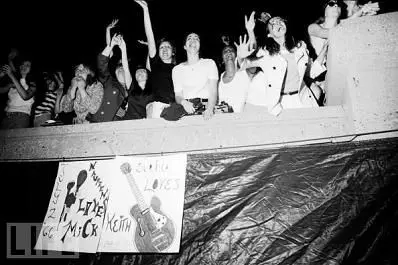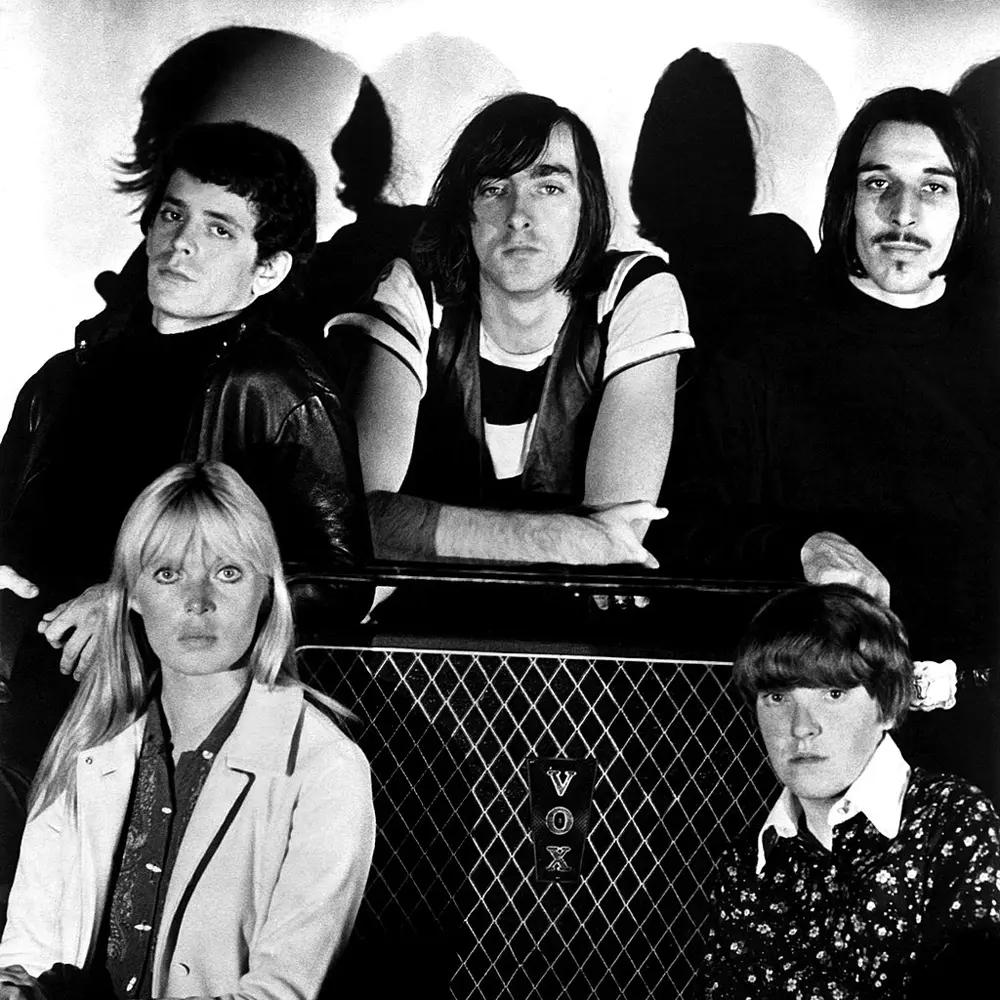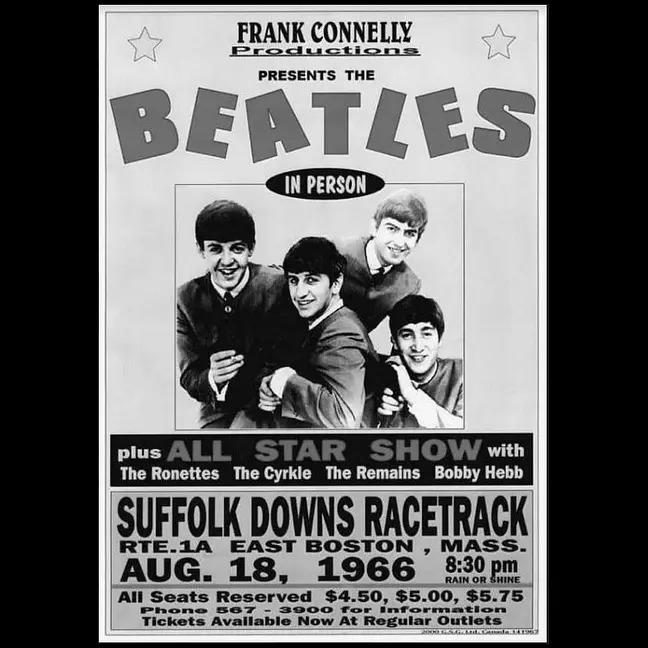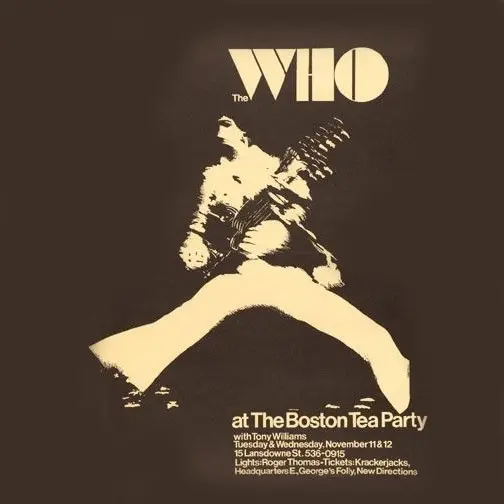The Fifth Estate
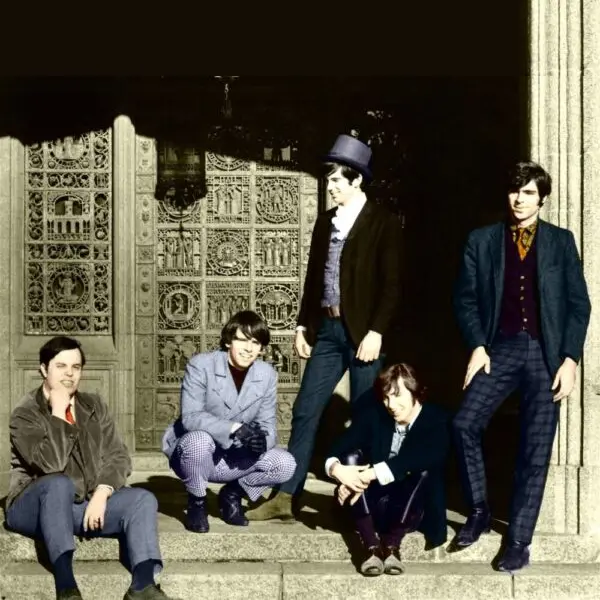
The Fifth Estate originated in Stamford, Connecticut in the early ‘60s, and in the beginning, the group’s touring area stretched from Greenwich Village to New Haven to Boston, playing what now known as “garage rock,” “fuzz rock” and/or “grunge.” To them, it was simply rock ‘n’ roll.
The band came together in 1963, formed by Wayne Wadhams, a child prodigy who played the organ between movies at the Paramount Theater on Temple Street in New Haven as a youngster, Ken “Furvus” Evans, Doug Ferrara, Rick Engler and Bill Shute. Initially calling themselves Thee Decadants, they became The D-Men when they signed with United Artists/VEEP and cut three tracks that saw airplay across the East Coast. They gained national attention when they played their song “I Just Don’t Care” on the popular national television show Hullabaloo and in 1965 they changed their name to The Fifth Estate.
“DING! DONG! THE WITCH IS DEAD!,” OPENING SPOTS
In 1967, the group had a major hit with what become their signature song “Ding Dong! The Witch Is Dead,” which went to #11 in the Billboard Hot 100. In Connecticut, the tune went to #1 and it also topped the charts on local radio stations across the country, including those in Vancouver (Washington) and Oklahoma City. Due to its sweeping popularity, the band sung the song in five different languages. “The song ‘Ding Dong! The Witch Is Dead’ is a creative mix of pop, rock and classical baroque,” says drummer Ken Evans. “It’s the highest-charting song from the most watched movie of all time, The Wizard of Oz.”
But the strength of the band was their live performances, and they appeared at small clubs and huge coliseums throughout the US. They opened for some of the biggest act of their era, including The Rolling Stones, The Byrds, The Easybeats, The Ronettes, The Turtles, Sam and Dave, The Lovin’ Spoonful, The Fifth Dimension and The Velvet Underground and several of their later songs made local top-40 lists in the US and overseas.
EVOLVING SOUND, INDEPENDENT APPROACH
The group’s sound evolved between forming in 1963 and disbanding in 1967, and drummer Evans says that’s an indication of how they took a very hands-on, independent approach. “The strength of the band was that we did things ourselves and in our own way,” he says. “Whether it was the D-Men or The Fifth Estate, we did things on our own terms. Our sound evolved from surfing instrumentals in ’63 to pop tunes in ’64, edgier rock ’n’ roll in ’65, more R&B in ’66 and harpsichord and psychedelia in ’67. All without losing our rock ’n’ roll dance band center ever – even today!” The band’s innovative style caught the attention of The Beatles’ manager Brian Epstein and “Fifth Beatle” George Martin, who “knew of us before we were the Fifth Estate,” according to Evans. “Epstein was the co-host when we appeared on Hullabaloo as The D-Men and he was serious about signing us, but unfortunately that ended with Brian’s untimely death [in August 1967],” he says.
REUNION, RECENT ALBUMS, LEGACY
In 2004, 37 years after going their separate ways, The Fifth Estate reunited and since then they have recorded a number of albums. Two of them, Time Tunnel and Take the Fifth, were co-produced by Evans and famed producer Shel Talmy (The Kinks, The Who, The Easybeats). They continue playing occasional live dates today and have recorded four albums in the past four years. In 2016, remastered older material, much of it previously unreleased, was released, including some live performances. The Fifth Estate has reached audiences across the world and without a doubt have played a significant role in the history of rock ‘n’ roll.
(by Tony Renzoni)
Tony Renzoni is the author of Connecticut Rock ‘n’ Roll: A History (The History Press, 2017) and portions of this piece are taken from that book.

